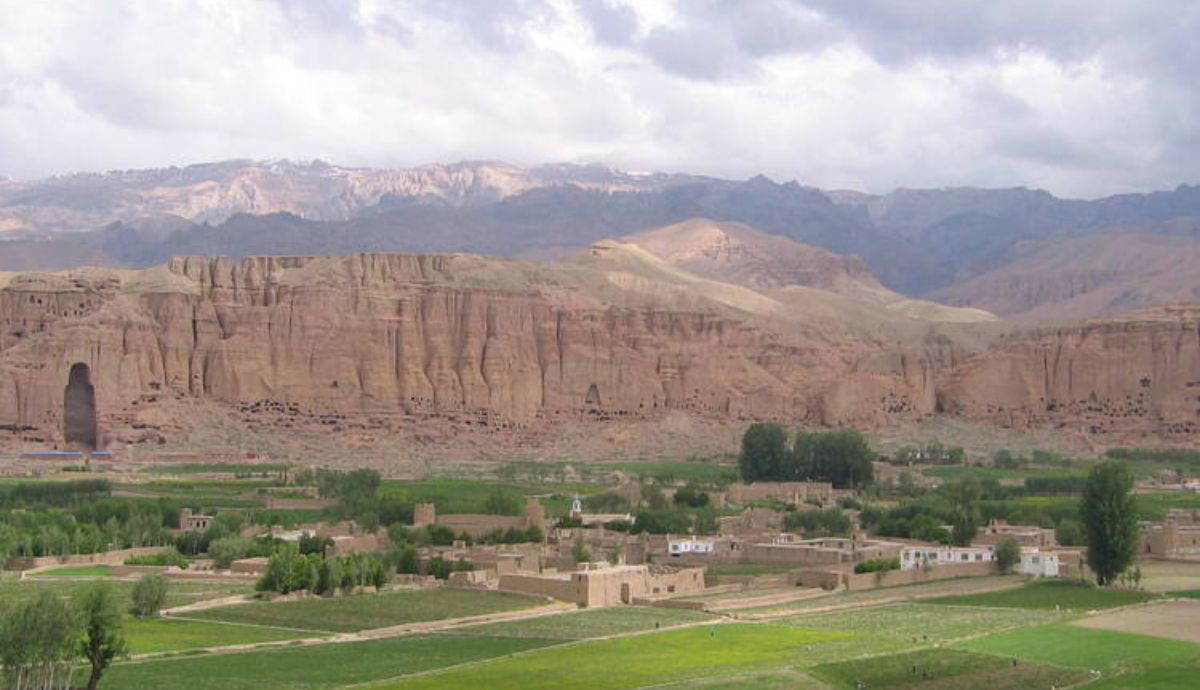
Afghanistan suffered a great loss of cultural heritage and ancient villages, because of the recent earthquakes. Overall, there were four earthquakes with a 6.3 magnitude which between October 7 and 15. Two of them were the territory around Zinda Jan in the Herat province. When they hit, at least 1,500 citizens lost their lives.
Afghanistan’s 13th Century Heritage Destroyed

Also, they destroyed historic settlements built with clay mortar and grass and injured thousands of people. Eleven villages completely vanished, and 114,000 people are in requiring emergency assistance. The United Nations Office for the Coordination of Humanitarian Affairs published these information.
The localities of Zinda Jan and Injil sustained the most devastation. Ancient traditional designs can be apparent in several of the villages within those areas. Some of them date to the Safavid dynasty (16th to 18th centuries). Some essential components that date much farther back, to the 13th and 14th century Ilkhanate dynasty.

“There were windmills in this area that were around 600 years old … they are vertical windmills, which are truly one of a kind”, Arash Boostani, a project manager for the Aga Khan Trust for Culture in Afghanistan, told the Art Newspaper. Important landmarks in the city of Herat also suffered damage by the temblor. Since 2004, Herat remains included in UNESCO’s preliminary list.
Heritage Sufferes Loss

There, the now-repaired crumbled staircase of the Ikhtyaruddin Citadel complex is surrounded by fissures in its turrets. The complex was likely built in 330 BCE, following Alexander the Great‘s conquest of Herat during the conflict with the Achaemenid Persian Empire.
Genghis Khan previously destroyed it in the 13th century. After that conquest, the Kart dynasty decided to rebuild it again. Over time, new conquests followed, and with it, new destruction of the cultural heritage of Afghans. Timur destroyed it again in the 14th century, but his son rebuild it again. It underwent several stages prior to its restoration in 2011.

The 13th-century Ghurid mosque Masjid-i Jami also has a number of cracks, and parts of its blue-tiled minarets collapsed altogether. Meanwhile, the early 15th century Musalla complex, which was built by Queen Gawharshad and is the largest surviving architectural ensemble in the region, weathered damage to its tiles and brickwork. One minaret on the structure also partially collapsed.










